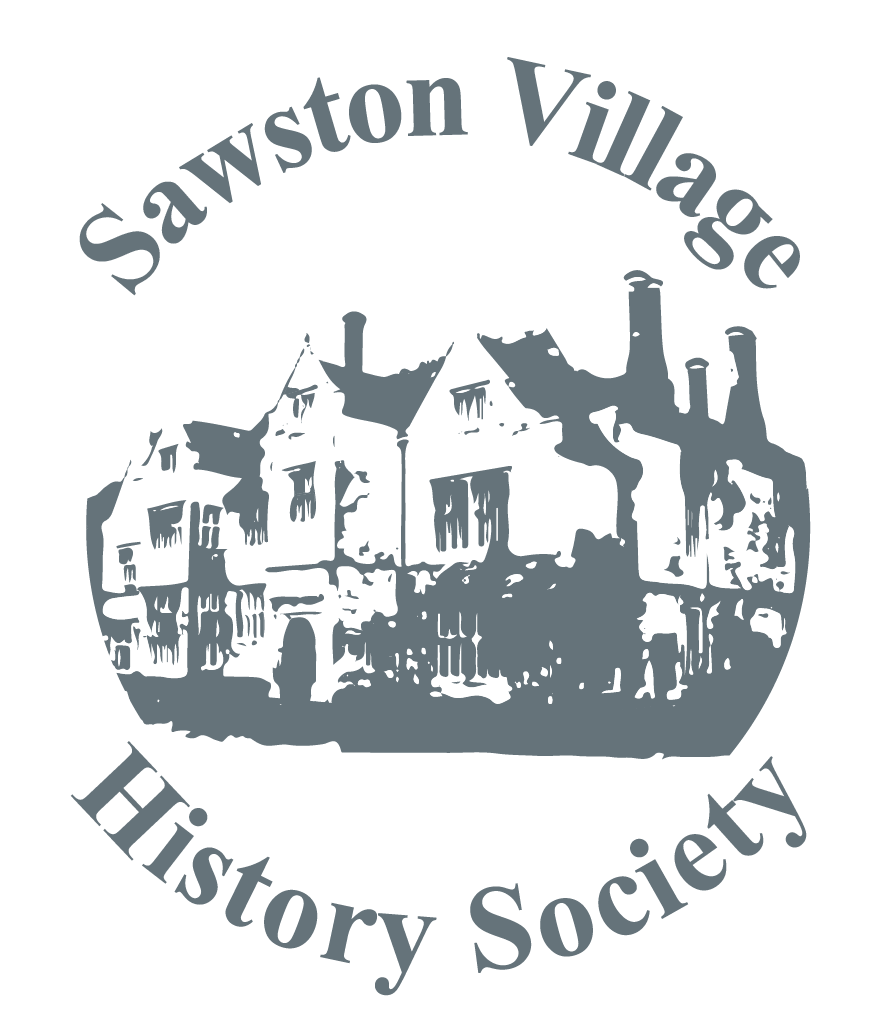
The building of Impington Hall was started in 1579 by John Pepys, the great uncle of the famous diarist, Samuel Pepys, and completed by his son Talbot after John’s death in 1589. When completed, the Hall was considered to be as well built and beautiful as many Cambridge colleges in the early 17th century.
The Hall was the home of the Pepys family for 200 years and was visited by Samuel in the 1660s. After Talbot’s death in 1666 the Hall was inherited by his eldest son, Roger, who shortly before his death in 1688 made an inventory of the Hall. This included a main hall, a dining hall, a parlour, 8 bedrooms on the first floor with six more attic bedrooms, presumably for use of the servants.
Roger II inherited the Hall in 1688 who later had the Hall gutted and redecorated in the Georgian style. In 1733 the Hall then passed to the only surviving son, Charles who had possession of the hall for over 50 years. In the late 18th century the Rev. William Cole was fulsome in his description of the Hall: "The House pleased me much and is the best of the sort I ever saw. A noble entrance hall is in the centre with two Corinthian on one side ... and a most beautiful Salon and Staircase ... the whole elegantly fitted up and furnished, overloaded with carving and stucco." However Charles Pepys did not make the same impression on the Rev. who commented that he was "not a nice person" and an "unpleasant man."
The Hall was then inherited by his elderly widow, Ann, and after her death in 1806, the Hall was left to her late husband’s nephew, the Rev. John Pine- Coffin of North Devon. After a few more absentee landlord Pine-Coffins, the Hall was acquired by Charles Bamford in 1864 who had the Hall encased in red brick with the addition of a new service wing and a thatched lodge. The park was stocked with deer and pheasants. However, after only eight years Bamford sold the Hall at auction for £26,500 (perhaps £5 million+ in today’s money?).
Caldwell’s nephew, Fred Hamilton sold the Hall to William Macfarlane-Grieve in 1891 who bought the adjoining land from Christ’s College and also built a grand gatehouse in 1904 and a library in 1909. He died in 1917, shortly after his son was killed in WW1. In 1921 the house and its contents were bought by AG Morey–Weale, and the estate sold to the Chivers family who also acquired the Hall in 1925. At this time Bidwell’s the estate agents described the Hall as "a mansion of character with delightful grounds."
In 1930, Chivers offered the Hall and its land for the site of a new Village College (to rival the new Sawston VC?). Sadly, because of the economic climate and local politics work did not start until 1936, by which time the Hall had been allowed to fall into a bad state of repair through vandalism and opportunistic pilfering. During WW2 the Hall and grounds were used by the Royal Engineers, then later as an Italian PoW camp. It is unlikely that much was done during this time to enhance the condition of the Hall. The Hall’s fate was sealed after a damning report carried out in 1949 concluded that there was nothing of historical value in the Hall, perhaps because a lot of the interesting stuff had already been nicked!
In 1952 the Hall was partially demolished to enable it to be converted into a grain store. During this process the superb fireplace and columns were destroyed and used as building rubble. The final act in the tragedy was its complete demolition to make way for a housing development in 1992, known as Percheron Close, presumably a reference to the breed of horses used by Chivers for pulling ploughs. Evidently the association with these horses was deemed to be of greater interest than with Pepys.